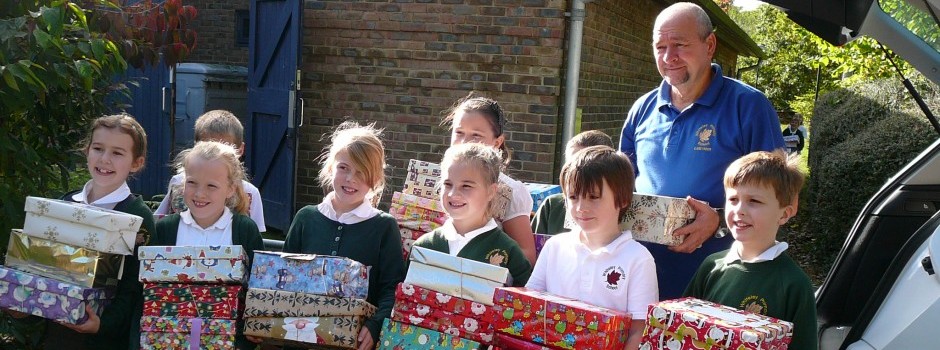Whiteley Primary School















For more information … try these 2 website:
http://www.nhs.uk/Conditions/Head-lice/Pages/Introduction.aspx
http://www.onceaweektakeapeek.ie/Default.aspx
Having head lice, also called nits, doesn’t mean you’re dirty. Children are most commonly affected, but anyone with hair can catch them.
Head lice are tiny insects that live in human hair. They’re very small (about the size of a sesame seed) and are browny-grey in colour.
They have six legs, each with a claw on the end. They use these to cling on to hair, and they survive by biting the scalp and feeding on blood. This often causes itching, but not always.
The female head lice lay eggs in sacs which stick to individual hairs. A baby head louse then hatches seven to ten days later.
If your child has head lice, you might be able to spot the remains of the tiny white egg in their hair. This is called a ‘nit’. Some people also use the word ‘nit’ to mean ‘head louse’.
Ten to fourteen days later, the baby head louse is ready to have babies of its own.
Head lice crawl from head to head when you’re close to someone who has them. Children are particularly at risk, because they’re often in close contact with other children at school.
However, head lice can’t fly or jump, and it’s very rare to get head lice from a pillow or a towel as they can’t survive away from a human head for very long.
Head lice can be difficult to detect, even when you closely inspect your child’s head.
If you think your child may have head lice:
Find out more about how to spot head lice.
If head lice are present, you need to treat your child.
You should only treat your child if you find live head lice, which confirms a live infestation. Don’t treat ‘just in case’.
Head lice are tough. They can’t be killed by washing with normal shampoo or normal combing. Because they reproduce so quickly, you’ve got to kill them before they spread.
If your child has head lice, check everyone in the family. You’ll need to treat everyone affected to get rid of them.
You can treat head lice by wet-combing hair with a special comb, or by using medicated lotions or sprays available over the counter at pharmacies.
Read more about treating head lice.